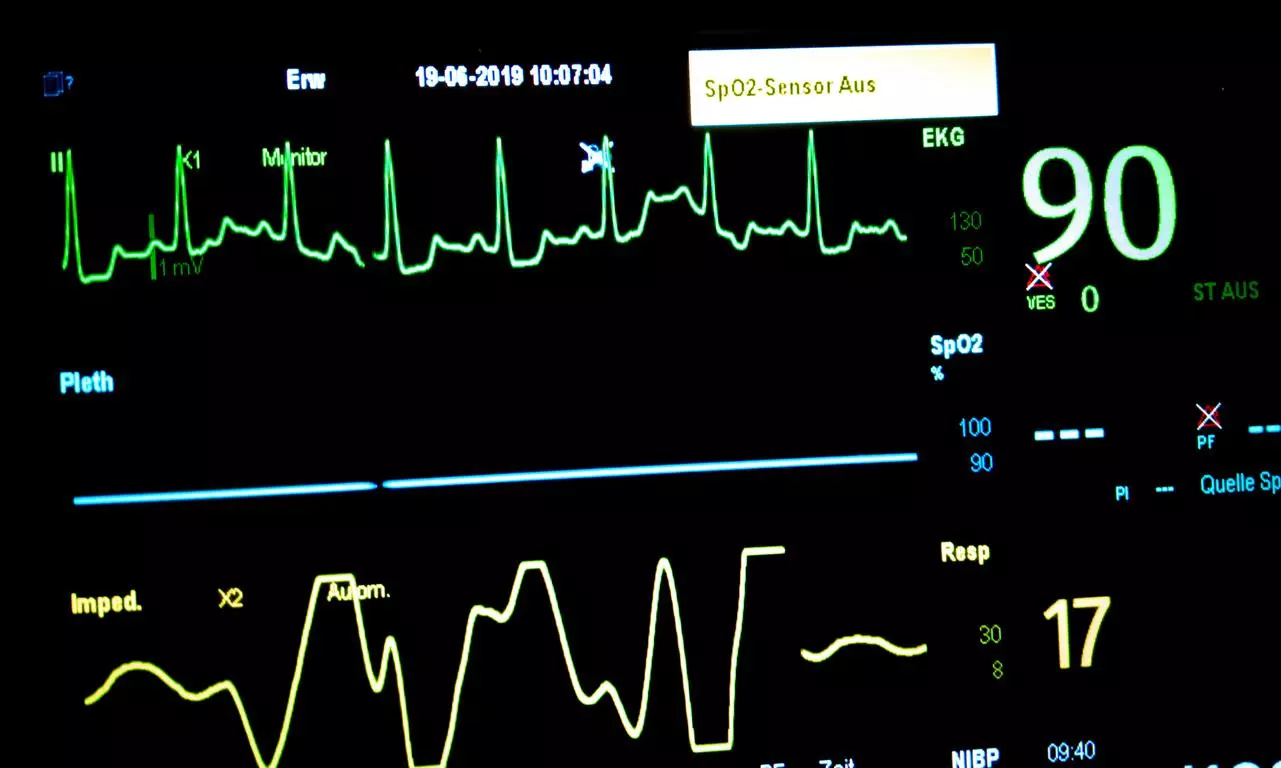
New AI model to predict irregular heartbeat 30 minutes before onset
Model proved to be 80 pc accurate in predicting transition from normal cardiac rhythm to atrial fibrillation, a common type of cardiac arrhythmia

Researchers have developed a new AI-based model that can predict irregular heartbeat, or cardiac arrhythmia, about 30 minutes before its onset.
The researchers found that the model proved to be 80 per cent accurate in predicting the transition from a normal cardiac rhythm to atrial fibrillation, the most common type of cardiac arrhythmia in which the heart's upper chambers (atria) beat irregularly and are out of sync with the lower ones (ventricles).
The team, including researchers at the University of Luxembourg, said that their AI-model, which gives early warnings, could be easily installed in smartphones to process the data recorded on smartwatches. The warnings could allow patients to take preventive measures to keep their cardiac rhythm stable.
The study is published in the journal Patterns.
WARN model
For developing the model, the team trained it on 24 hour-long recordings gathered from 350 patients at Tongji Hospital in Wuhan, China. The model, that the researchers have named WARN (Warning of Atrial fibRillatioN), is based on deep-learning, a type of machine-learning AI algorithms that learn patterns from past data to make predictions.
Deep-learning is more specialised as it has multiple layers in its decision-making process.
The researchers found that WARN gave early warnings, on average 30 minutes before the start of atrial fibrillation. This is the first method to provide a warning far from onset, they said.
Imminent episode
"We used heart rate data to train a deep learning model that can recognise different phases – (normal) sinus rhythm, pre-atrial fibrillation and atrial fibrillation – and calculate a 'probability of danger' that the patient will have an imminent episode," said Jorge Goncalves, from the Luxembourg Centre for Systems Biomedicine (LCSB), University of Luxembourg, and the study's corresponding author.
When approaching atrial fibrillation, the probability increases until it crosses a specific threshold, providing an early warning, Goncalves said.
Being of low computational cost, the AI-model is "ideal for integration into wearable technologies," the researchers said.
"These devices can be used by patients on a daily basis, so our results open possibilities for the development of real-time monitoring and early warnings from comfortable wearable devices," study author Arthur Montanari, an LCSB researcher, said.

